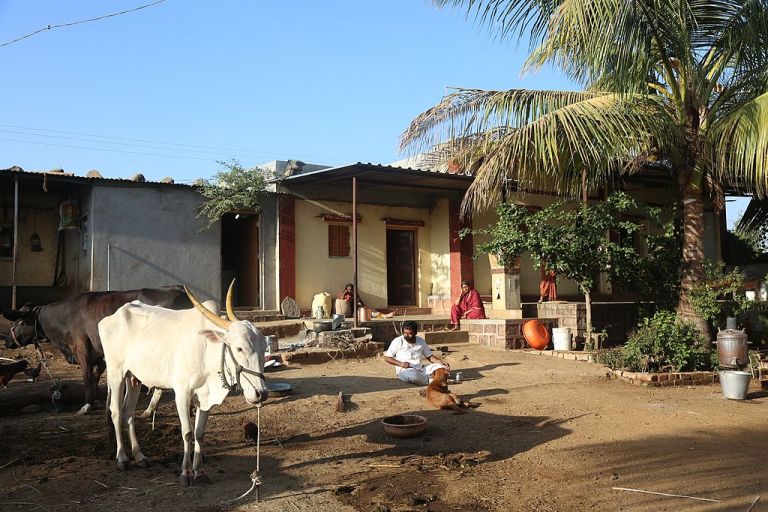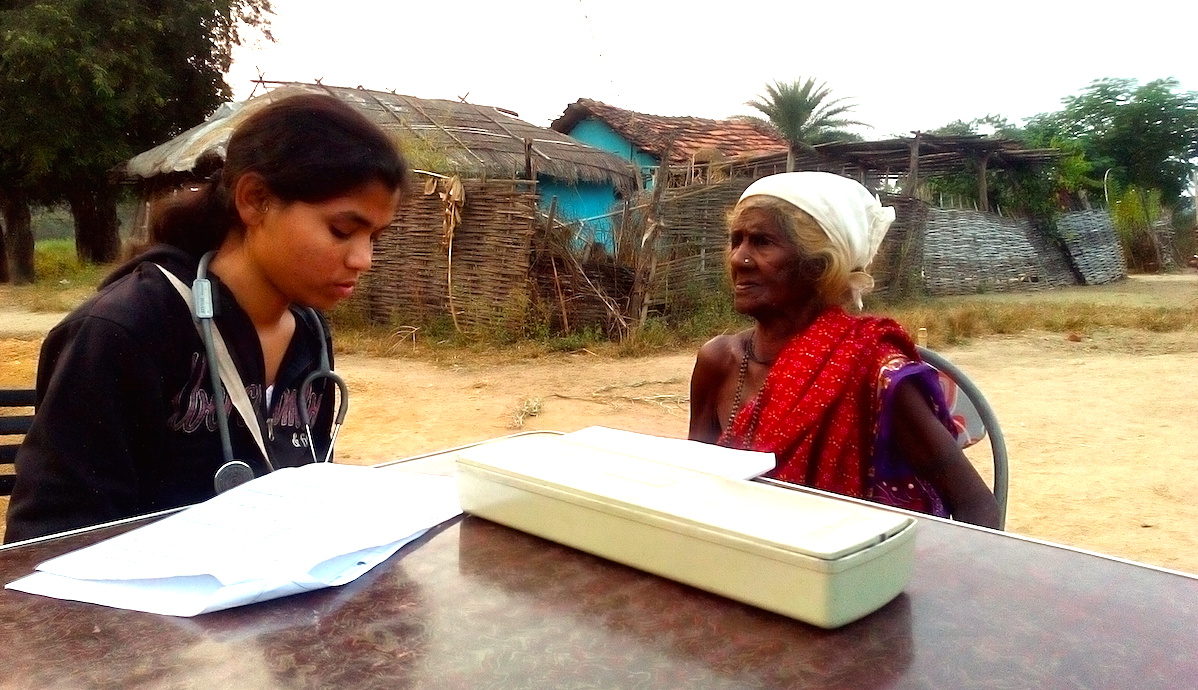The COVID-19 pandemic has brought the entire nation to a halt. Health officials and medical professionals are struggling with containing the disease, and testing and treating affected people. Last night, Prime Minister Narendra Modi announced a three-week, nation-wide, complete lockdown to contain the spread of this virus, as the number of reported positive cases in India crossed 500.
In light of this, it is pertinent to take stock of our rural areas.
The risk of spread in rural areas is heightened. This is due to a number of factors, including lack of awareness, a limited supply of clean water, low levels of nutrition, and most importantly, ill-equipped and insufficient public health centres and district hospitals.
The informal industry in cities being badly affected has resulted in loss of rural income.
Slowed down economic activity in urban areas has an effect on rural areas as well. Numerous studies and experience from the field indicate that a significant proportion of rural household incomes comes from migration and daily-wage labourers. The informal industry in cities being badly affected has resulted in loss of rural income. What’s more, massive layoffs and lack of relief measures are pushing migrants to return to their villages, which would increase the risk of the spread of the virus.

Slowed down economic activity in urban areas has an effect on rural areas as well. | Picture courtesy: Wikimedia Commons
The feared effects on rural populations have already started to materialise. Take for example:
- Poultry producers in Jharkhand are bearing the brunt of the decreasing demand for broiler chickens, with rates falling as low as INR 20 per kg, from the regular rate of INR 90 per kg.
- There are rotting vegetables in some regions of Tamil Nadu as a result of the transport system partially breaking down, as observed by the field staff of the Tamil Nadu State Rural Livelihoods Mission.
- Rural haats in Odisha, West Bengal, and Chhattisgarh, and mandis in Madhya Pradesh and Maharashtra are being closed down, as observed by our team members on the ground, making it difficult for smallholder farmers in these areas to sell their produce.
To tackle the problem, state governments have sent advisories to rural areas—through the district administration, which then passes it down—to spread information about how to deal with the virus affected cases as well as about how to reduce the chance of it spreading.
Related article: The social sector response to COVID-19
For example, in Odisha, Self-Help Groups (SHGs) are now producing masks that can be worn, and local ASHA workers are disseminating knowledge amongst community members. Additionally, some civil society organisations, such as PRADAN, have developed and are distributing Information, Education, and Communication (IEC) material, and creating awareness among the SHG members.
However, proactive measures are needed on the part of the government and civil society to safeguard rural populations from the economic fallout of this pandemic. These could include:
- Continuing the supply chain of midday meals and Anganwadi meals, and delivering them to the families’ doorsteps (like Kerala has done), so that children and pregnant mothers get at least one meal a day.
- Supplying free ration to rural households through the public distribution system.
- Supporting rural households with 30-50 days’ worth of labour wages, from the MGNREGA budget.
- Leveraging the SHG network and ASHA workers to disseminate IEC material.
- Extending Village Organisations (VOs) to provide soft loans to households that lose wage days and/or incur COVID-19-related health expenses—State Rural Livelihood Missions may consider extending the use of the Vulnerability Reduction Fund (VRF) to the VOs for this purpose.
- Rescheduling bank loan repayment cycles for SHGs and individual agricultural debtors.
The current crisis is one which we are not fully equipped for, nor know enough about. Preparing and empowering the rural population would go a long way in this fight.
—
Know more
- Read in detail about how the rural public health infrastructure in its current state is not ready to deal with this pandemic.
- Learn more about the issues faced by migrant workers in this period, and the long-term impact it can possibly have on the migrant economy.
Do more
- If you have more ideas on how civil society or the government can safeguard the rural economy during this time, write to the author at [email protected].



